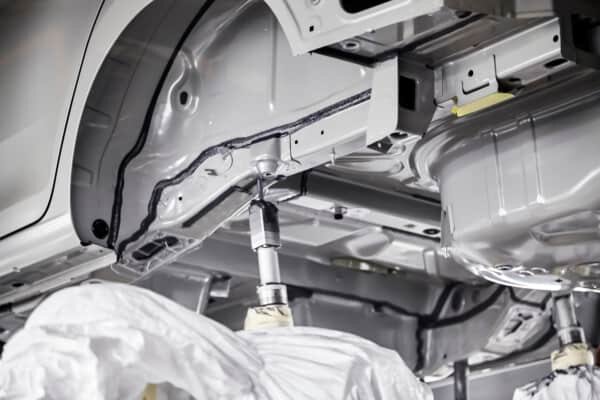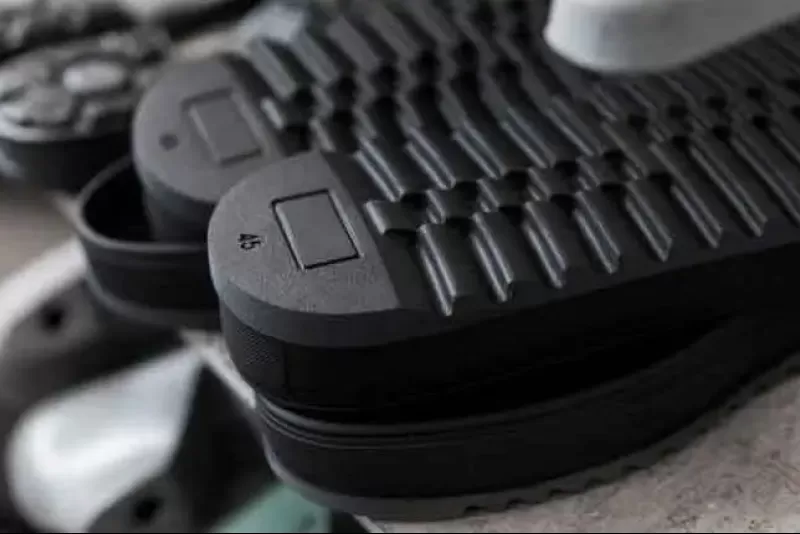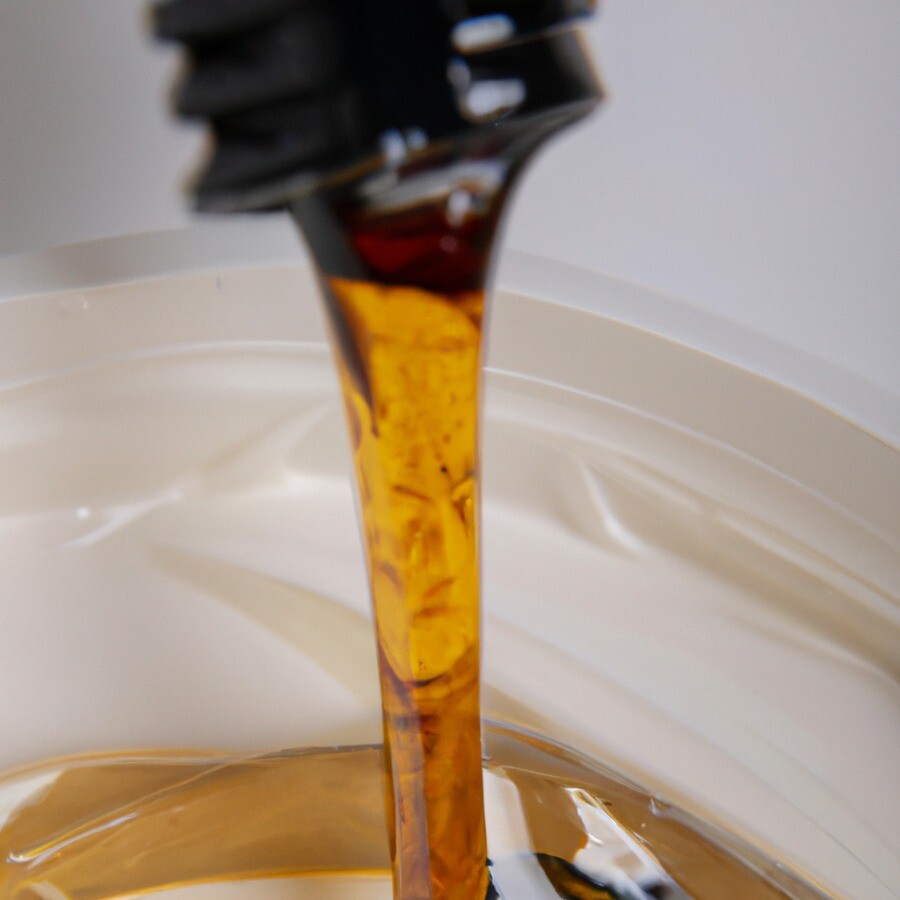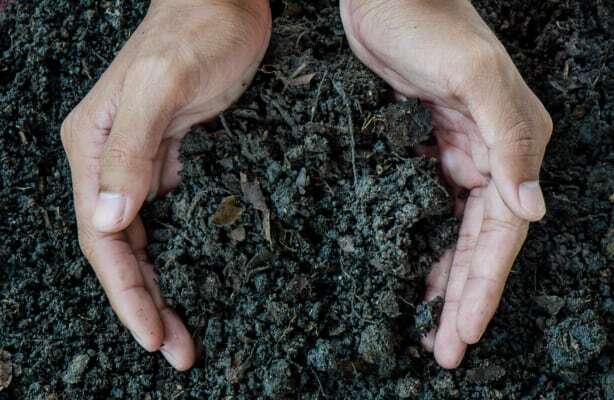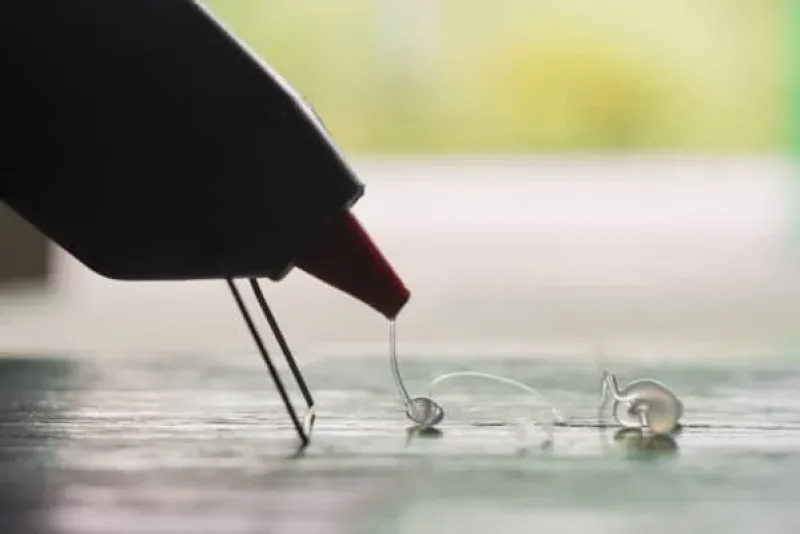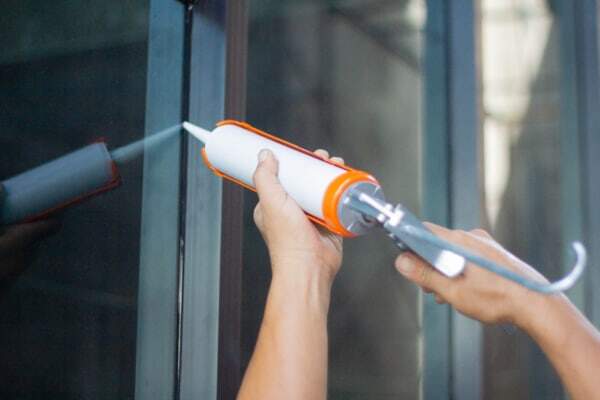Water based adhesives
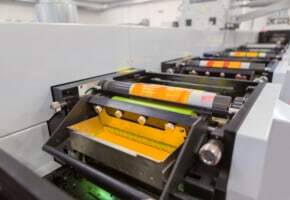
Water based adhesives for more sustainable bonding
The market share of water based adhesives is becoming ever greater since the development has taken a shift towards more and more sustainable solutions which support health and safety as well as reduce environmental impact. Waterborne adhesives are a great alternative for solvent based systems, as they do not contain any Volatile Organic Compounds (VOC), are lighter in weight and often require less product for forming durable bonds.
Being environmentally friendly and low VOC, water based adhesive systems are also user friendlier compared to alternative solutions. Applying waterborne adhesives does not require as many safety measures as systems that contain solvents, which can improve efficiency depending on the nature of the project. Additionally, the finished products that are bonded using aqueous adhesives are user friendly: water based adhesives do not bring along great health risk, nor do they release toxic or odorous fumes.
Types of water based adhesive systems
The trend in adhesives is strongly water based. In Europe and America water-based adhesives are preferred systems, whereas in markets such as China they only cover about 20% of the market. Waterborne glue systems can be roughly divided into two groups: emulsion and dispersion adhesives and solution adhesives.
Type 1: aqueous solution adhesives
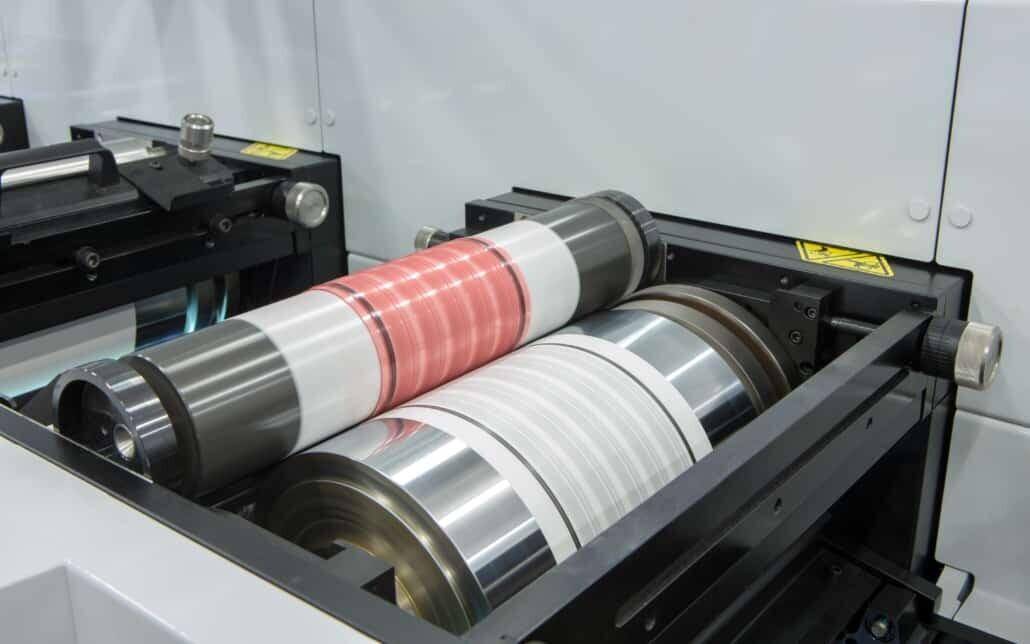
Solution adhesives are the most traditional form of aqueous adhesive systems. They use water as the carrier substance and cure as the water evaporates. These waterborne adhesives are created using natural and synthetic polymers which dissolve in water. The uses of these water based glue systems include paper bonding and moistable glues such as those found in envelopes, stamps and labels.
Application methods: roller, spray and beads
Bonding: wet bonding
Examples: starch/dextrin adhesives for paper applications such as bookbinding, and protein/casein adhesives for food packaging industry.
Type 2: waterborne emulsions and dispersion adhesives
Water based adhesives are mainly used in food packaging lamination but gain more and more share in other applications, too.
The waterborne adhesive emulsions and dispersion systems are heterogenous mixtures which consist of dispersed liquid or solid polymer phase in an aqueous phase. These waterborne adhesives can be made by using a wide range of polymers including PVA (vinyl acetate polymers), PVAC (vinyl acetate copolymers) and acrylic as well as synthetic elastomers such as PUR (polyurethane).
As with other water based adhesives, also dispersion adhesives and emulsions can be cleaned with water. However, after the water based glue has dried, it is no longer water dispersible and cleaning residue may require use of solvents and detergents. More information on waterborne adhesives is available by contacting us.
Application methods: spray, brush, roller or beads.
Bonding: wet bonding or dry bonding (water based contact adhesive)
Examples: vinyl acetate adhesives for bonding paper, wood and cardboard, rubber latex waterborne adhesives for fabric and wood. Polyacrylate emulsions as water based construction adhesives, laminating adhesives, pressure sensitive waterborne adhesives, and waterborne polyurethane adhesive as dispersions and emulsions for packaging and shoe making industries.
Waterborne adhesive bonding in 2 ways
Another way to categorize water based adhesives is by the manner in which they form bonds. The two groups are wet bonding and dry bonding (water based contact adhesives).
1. Wet bonding waterborne adhesives
Wet bonding water-based adhesives are those that cure through evaporation, and include both dispersion and emulsion systems, and waterborne solution adhesives which are predominantly wet bonding. In this bonding process the waterborne adhesive is applied either to one adherent or both of them. The adherents meet each other while the adhesive is not dry, hence the name wet bonding. As curing takes place as a result of evaporation, it is extremely important that at least one of the adherents is porous, absorbing the water, and allowing it to leave the waterborne adhesive system faster. If none of the adherents is porous, curing and hardening may take a long time. Wet bonding aqueous adhesive systems are used mainly in the paper and packaging laminating processes as well as furniture and mattress industries.
2. Water based contact adhesives
Contact adhesives, also known as dry bonding waterborne adhesives, are predominantly emulsions and dispersion adhesives. Similar to solvent based dispersions, the water based adhesives are applied to both adherents, hence the substrates that require bonding, and the water is allowed to evaporate before the bond between the adherents is formed. When the parts coated with the water based glue come into contact with each other, the bonding takes place.
Water based contact adhesives are used more widely than the wet bonding systems since they are generally stronger, allow for greater variety of substrates and have better heat resistance. In these waterborne adhesive mixtures, ingredients can be added to enhance and create properties including fire resistance, chemical resistance and anti static properties.
Personalized advice – best waterborne adhesives
Moving towards more sustainable products is a trend that has reached the adhesives market. Water based adhesives not only are environmentally friendly but also contribute to the safety of finished products and possibly improve process efficiency. In case you are curious about waterborne adhesives for your production, contact us and let our experts guide you through the sustainable, greener possibilities.
What solution are you looking for?
We are specialized in the about adhesives. Need the best products or advice? Then please leave your details and we will get in touch.
